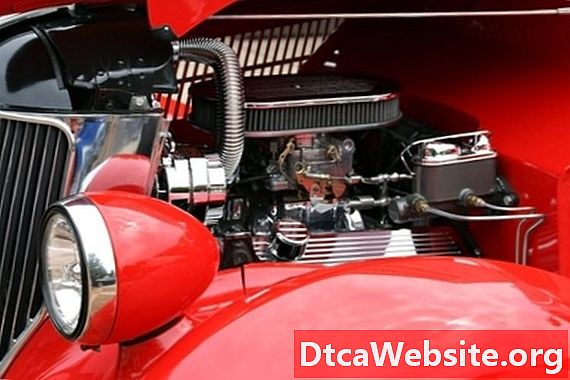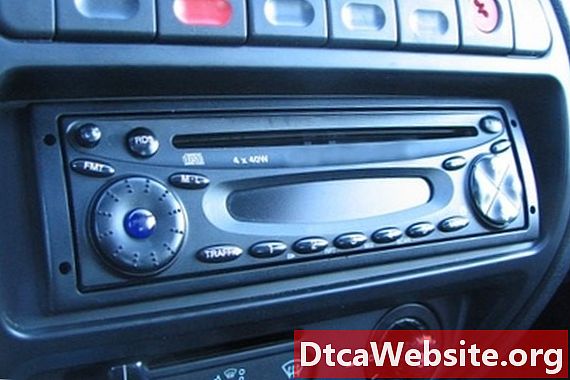
Contenu
- Priming the Carburetor
- Step 1
- Step 2
- Priming the Fuel Pump
- Step 1
- Step 2
- Step 3
- Tip
- Warning
- Items you will need

Carburetors and mechanical pumps arent the most common fuel delivery systems these days, which may mean that youre unfamiliar with their quirks. Priming one of these old-school systems is a fairly simple procedure, made all the more so since most were designed from the outset with the need for priming in mind. Priming is generally only necessary if the cars been sitting for a while and helps to prevent excessive cranking on an engine without oil pressure at startup.
Priming the Carburetor
Step 1
Remove the engines air filter top to expose the carburetor. Identify the carburetors fuel bowl vents; the fuel bowl vents serve as a sort of "chimney" for the bowls, preventing damage due to pressure or vacuum. The bowl vent(s) will be the hollow, vertical tube(s) coming out of the top center of the carb or on either side of its air inlets.
Step 2
Fill an eyedropper with gasoline from the container.
Squirt the eyedropper full of gas into the fuel bowl vent and repeat this procedure at least 10 times per fuel bowl, for a total of 70 milliliters with a 7 ml eyedropper. The amount will vary by carburetor and engine, but 70 ml should be enough for most carbs.
Priming the Fuel Pump
Step 1
Disconnect the hose that connects the fuel pump to the carburetor. For rubber lines, this will typically involve removing a hose clamp; other engines will require that you remove the line from the carburetor with a wrench. Place a rag over the end of the open fuel line.
Step 2
Spray a three second burst of starting fluid into the carburetor. Stand well clear of the engine and have an assistant turn the ignition key to start the car. The car should run for five seconds or so and then die.
Step 3
Repeat the spray-and-die procedure until you see fuel begin to wet the rag on the fuel line.
Reconnect the fuel line to the carburetor.
Tip
- You dont need to manually prime a mechanical fuel pump the way you do a carb. A fuel pump works on a vacuum; at idle speed, a well-functioning fuel pump should draw enough of a vacuum to prime itself.
Warning
- Be careful when using starting fluid around a disconnected fuel line. Some engines have a tendency to backfire and belch flames when using starting fluid, not a good thing around gas-soaked rags and spurting fuel lines.
Items you will need
- Standard 7 milliliter eyedropper
- 1 quart of gasoline
- Wrench (optional)
- Shop rag
- Flat head screwdriver
- Can of ether-based starting fluid


